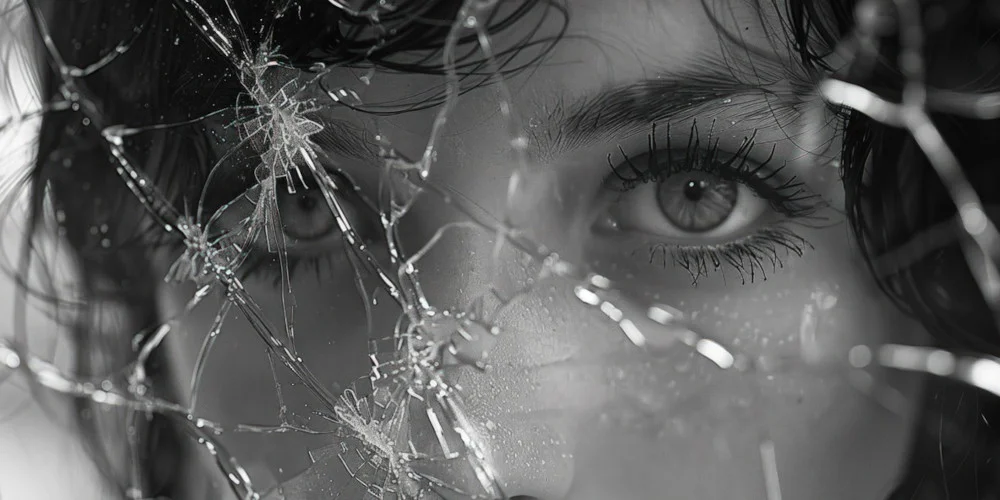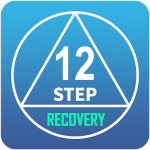When Luxury Treatment Becomes Lifestyle Branding

Once upon a time, rehab was about survival. Now it’s about aesthetics. Oceanfront views. Gourmet chefs. Spa treatments. Drone shots of infinity pools and testimonials filmed in perfect lighting. Somewhere between crisis and capitalism, recovery became a brand.
The new rehab model sells transformation as lifestyle, a curated detox for those who can afford it. The promise is no longer just sobriety. It’s reinvention, rebranding, rebirth, with better furniture. But underneath the polished marketing, the question lingers: when recovery becomes a luxury experience, does it stop being real healing and start becoming performance?
The Business of Brokenness
There’s a cruel truth about addiction: pain is profitable. Luxury rehab centres have figured that out. They’ve taken human suffering, raw, messy, unfiltered, and reimagined it as something marketable. They use language borrowed from wellness and self-optimization. Words like alignment, holistic transformation, and bespoke healing.
The result? Addiction is no longer treated, it’s rebranded. Clients don’t “check in.” They “embark on a journey.” Staff aren’t counsellors, they’re “wellness guides.” The detox wing looks like a boutique hotel.
There’s nothing inherently wrong with comfort, people deserve dignity in treatment. But when the packaging starts mattering more than the process, recovery turns into another product in the self-improvement industry.
The Instagram Illusion
Scroll through social media, and you’ll see it, a wave of glossy rehab marketing that looks more like influencer retreats than medical facilities. Palm trees. Meditation decks. Smiling patients in linen. Aerial shots of coastal mansions with captions about hope and renewal.
It’s seductive, because pain wrapped in beauty feels easier to digest. It reassures families that their loved one’s suffering can be transformed into something elegant. But addiction doesn’t care how nice the wallpaper is. Detox still hurts. Healing still breaks you open. There’s no amount of thread count that can make withdrawal comfortable.
The Instagram version of recovery is a lie, one that trades on vulnerability without ever confronting it.
Hope, But Make It Expensive
In many countries, the best rehabs don’t advertise because they don’t have to. But the luxury ones? They advertise like fashion houses.
“Discreet, world-class care.”
“An exclusive environment for elite recovery.”
“Where healing meets sophistication.”
They sell privacy, not honesty. Exclusivity, not community. It’s not about what’s being healed, it’s about who gets to heal there. And that’s where the real danger lies: when access to quality treatment becomes a status symbol, recovery stops being an equalizer and starts being a divider. Addiction doesn’t discriminate, but treatment does.
The Addiction of Image
Some patients arrive at luxury rehabs not because they want to get better, but because they want to look like they’re getting better. A stint in a high-end facility can become part of the narrative, a symbol of self-awareness, a PR clean-up, or a badge of resilience. It’s the curated comeback story, “I went to rehab and found myself.”
There’s pressure, even in recovery, to make it aesthetic. To turn pain into content. To emerge not just sober, but rebranded, slimmer, calmer, photogenic. In this world, relapse becomes bad for optics. Authentic struggle becomes a threat to the illusion of healed perfection. It’s not recovery, it’s reputation management.
The Emotional Flatline Beneath the Marble Floors
Luxury can cushion discomfort, but it can’t replace it. Healing is meant to be disorienting. You’re supposed to sit in the discomfort of what’s been lost. You’re supposed to face the wreckage, not be distracted from it. When everything around you is designed to soothe, the music, the lighting, the scent of lemongrass diffusers, the emotional pain gets disguised as progress. You’re comfortable, but not connected.
Real recovery is gritty. It’s awkward, painful, humbling. It smells like antiseptic and tears, not sandalwood and sea salt. If your rehab experience feels too easy, you’re probably not doing the hard work yet.
The Price of Prestige
Some luxury rehabs charge more per month than the average person earns in a year. They justify the cost with amenities: private villas, personal chefs, in-house massage therapists, equine therapy, even helicopter transfers. But what you’re really paying for is distance, from stigma, from discomfort, from the ordinary mess of addiction.
And that’s the irony. Addiction thrives on disconnection, and luxury treatment, at its worst, can deepen it. Because real recovery isn’t about escaping your life. It’s about learning to live inside it without needing to run. If your healing requires a view of the ocean, what happens when you go home to a view of traffic?
The Clients Who Don’t Return to Reality
Many luxury rehabs build an environment so removed from real life that patients struggle when they leave.
The meals are planned, the environment controlled, the triggers minimized. It’s a curated bubble of safety, but the world outside doesn’t operate like that.
In some cases, people relapse not because they failed, but because their recovery was never tested against reality.
Healing can’t happen in isolation from life. It has to happen in the middle of it, the bills, the arguments, the bad days, the quiet nights when no one’s watching.
A rehab that doesn’t prepare you for that isn’t luxury, it’s delay.
The Addiction Industry’s Dirty Secret
The global rehab industry is worth billions. And like any billion-dollar market, it has its share of opportunists. Some facilities operate without proper clinical oversight, relying instead on branding and “inspirational coaching.” Others funnel desperate families into overpriced programmes that prioritize optics over outcomes.
The promises are big, “transformational healing,” “permanent change,” “freedom from addiction.” But the statistics rarely match the slogans. Addiction is a chronic condition, not a product launch. No one graduates from it with a certificate. The moment treatment starts sounding like marketing, you should start asking harder questions.
When the Brand Outshines the Work
Some luxury rehabs put so much effort into image that authenticity disappears. Staff are trained to sound empathetic but never human. The environment feels more like a resort than a refuge. Patients learn to say the right words, gratitude, surrender, mindfulness, without ever touching the truth underneath.
Because honesty isn’t brand-friendly. Real healing is messy, unpredictable, and sometimes ugly. It doesn’t photograph well. The problem isn’t comfort, it’s the performance of transformation. Recovery isn’t supposed to be cinematic. It’s supposed to be real.
Healing for Sale
When treatment becomes a transaction, the emotional contract breaks. The patient becomes a customer. The therapist becomes a service provider. The relationship becomes conditional on payment. And somewhere in that exchange, trust disappears. You can’t buy safety. You can’t buy surrender. You can’t buy the moment you finally say, “I can’t do this anymore.”
The people who recover long-term aren’t always the ones with the most resources. They’re the ones who find honesty, whether it’s in a private villa or a public clinic. Because healing isn’t about how much you spend, it’s about how much you’re willing to feel.
The Mirage of “Luxury Healing”
Luxury rehabs love to promise a new you. But recovery doesn’t create a new person, it reveals the one you were before the chaos started. There’s no designer brand that can manufacture that kind of truth. No imported linen that can soften the sting of honesty.
The real miracle of recovery happens in moments that can’t be staged, the night you tell the truth for the first time. The morning you wake up and don’t reach for the thing that used to save you. The quiet, unglamorous decision to try again tomorrow.
The Real Currency of Healing
In the end, the real measure of recovery isn’t the view from your room. It’s what you face when the doors open and you walk back into the world.
Did you learn to sit with pain without numbing it?
Did you learn to connect without performing?
Did you learn to forgive yourself without a therapist holding your hand?
If the answer’s yes, it doesn’t matter whether you healed in a mansion or a modest clinic.
Because real recovery can’t be sold, it’s earned.
